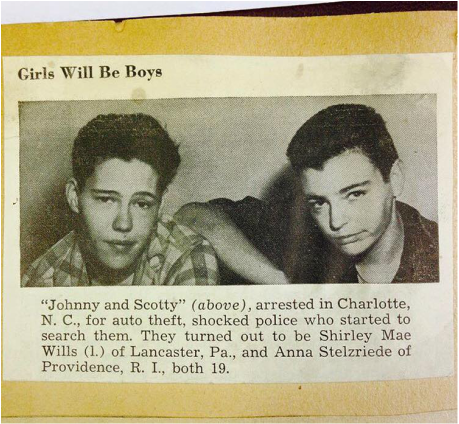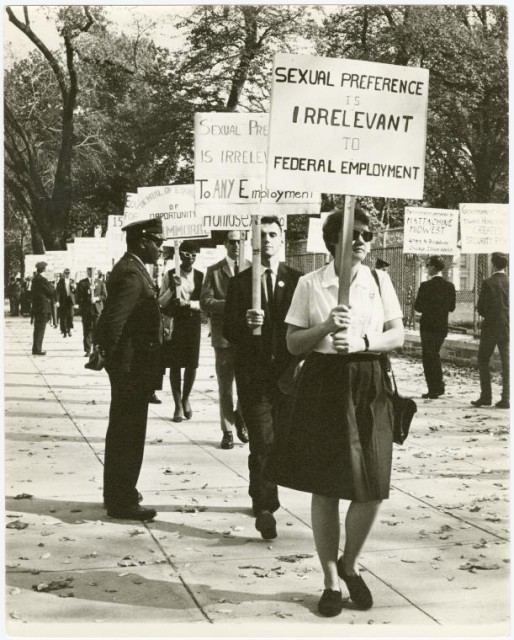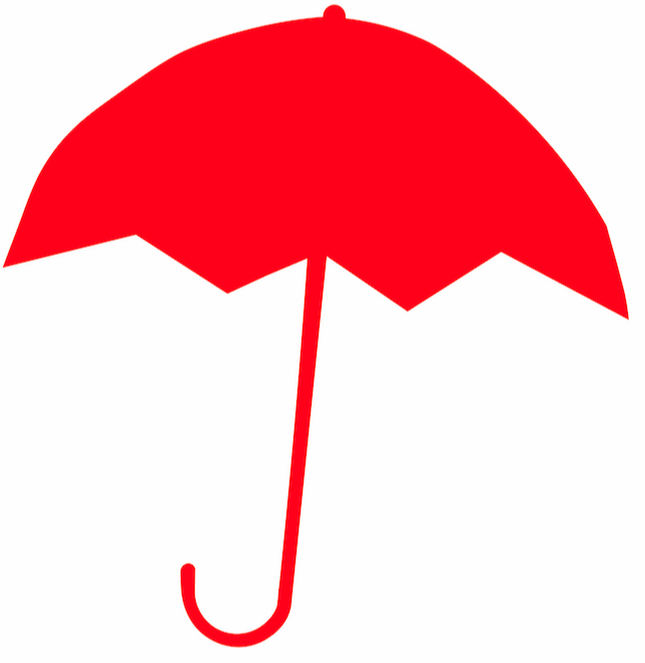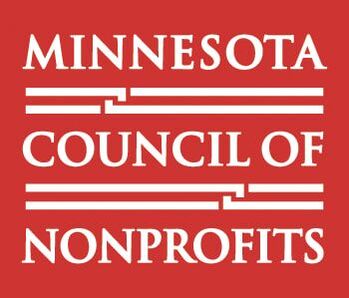|
I find the process of creating historically based plays fascinating. If making theater is like a video game, I think period pieces can be up there on difficulty level “hard.” All the challenges you typically face in making a show (writing a great script, creating beautiful staging, integrating production elements, etc.) are amplified when you’re working with history. It’s crucial to have a good grasp on the time period you’re working with, and your final product is only as good as your research. And yet, there’s a funny little irony that happens in the rehearsal room, where the mountains of research we do to prepare for a show like JUNE gets shaped into the final play. Though that research informs everything we do, very little of it makes it into the final piece. And I think that is a CRYING shame. So! Without further ado, please allow me to introduce to you some incredibly badass, awesome and inspiring pieces on 1950s lesbian culture. I hope you will enjoy them as much as we have. Wow! 1950’s lesbian culture? I didn’t really know that was a thing. Well hello there, reader! It absolutely is, and that’s part of why we’re doing JUNE: traditionally, stories from this time period about queer women haven’t been told. But don’t fret! You can get up to speed with this great timeline about lesbians in the 1950s. If you’re looking to go a bit deeper, this Out History piece talks more in depth about the bar scene, lesbian role distinctions, and segregation by skin color & class. I’d like to know more about butch and femme role distinctions. I suggest this Autostraddle piece that goes over some of the basics about how 1950s butches and femmes “f*cked with society and were totally badass.” The public perception of these roles were often warped or twisted by pulp fiction of the era; check out this link for a contemporary review of Valarie Taylor’s 1960 pulp fiction novel “Stranger on Lesbos.” While JUNE focuses on the historical landscape of identity (in all its beauty and complication), there are awesome people exploring and embracing the many shades of who they are today... like these fierce femmes and this brilliant butch. It has been eye-opening to see how those who came before us have influenced how we all present and identify ourselves in 2016. How about the bar scene? The bar scene of the 1950s has been very important in our research as much of JUNE is set in a bar called The Box. Though The Box is fictional, we’ve gained a lot of insight reading Lost Womyn’s Space, a blog that “commemorate[s] and honor[s] lost womyn's space--both ancient and modern. This can mean anything from lost women's colleges and schools, to lesbian bars and clubs.” (Caution; click at your own risk. May lead to obsessive amounts of time being spent reading about the subject matter!) This is great, but I’m really more of a physical book reader. Can you recommend any dead tree resources? Odd Girls and Twilight Lovers: A History of Lesbian Life in 20th Century America is a great place to start. Some of our other favorites include: Stone Butch Blues by Leslie Feinberg, Highsmith: A Romance of the 1950s by Marijane Meaker, Queering the Middle: Race, Region, and a Queer Midwest, Inventing Lesbian Cultures in America by Ellen Lewin, Gay L.A.: A History of Sexual Outlaws, Power Politics, and Lipstick Lesbians by Lillian Faderman and Stuart Timmons, and The Berlin Stories by Christopher Isherwood. Woof, okay, that’s a lot of links! I get it! But before we go, here’s an epic photo gallery of 150 years of lesbians and other lady-loving ladies, and six old school lesbian magazines that you should know about. (Also... Carol -- based on Patricia Highsmith's The Price of Salt! -- is still playing at like seven movie theaters in the Twin Cities. Just sayin') Happy researching! Tickets for June are available now! Get yours at southerntheater.org
Comments are closed.
|
Archives
November 2020
|





 RSS Feed
RSS Feed




